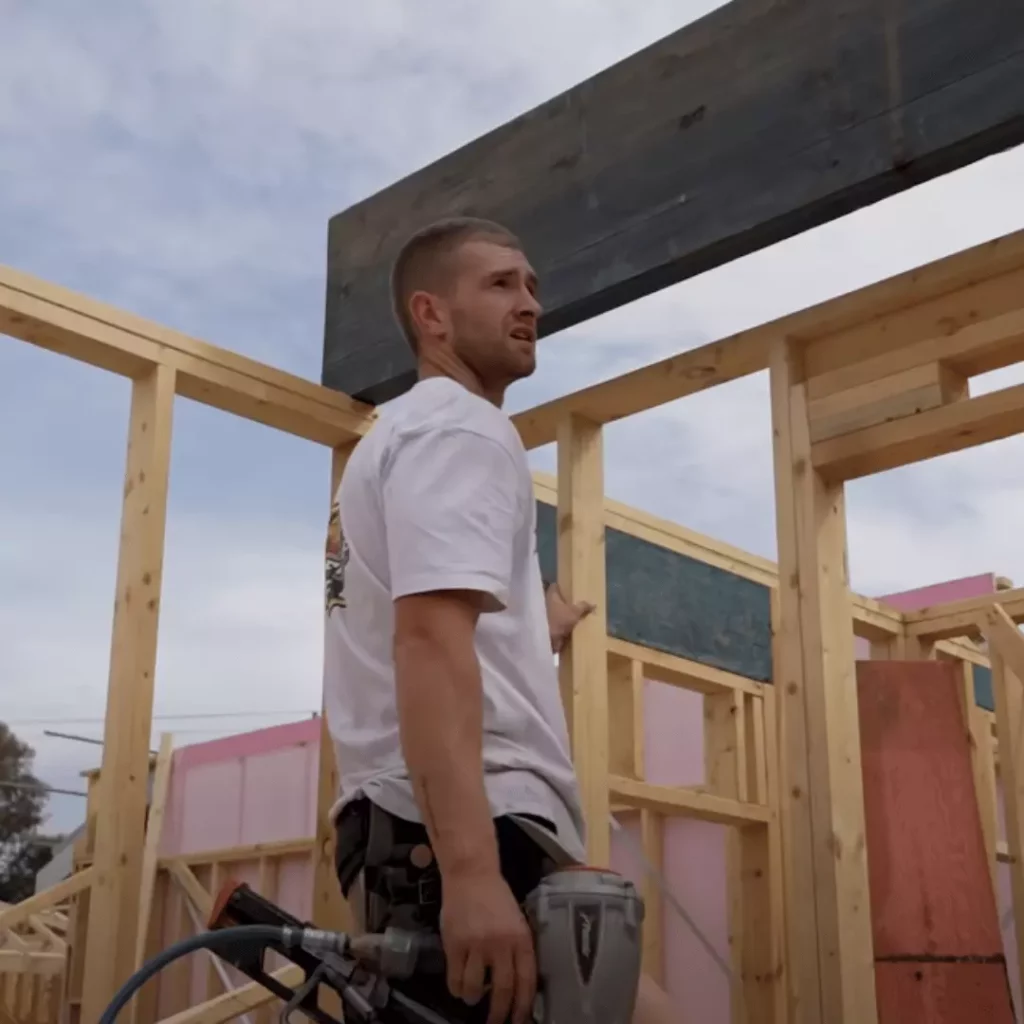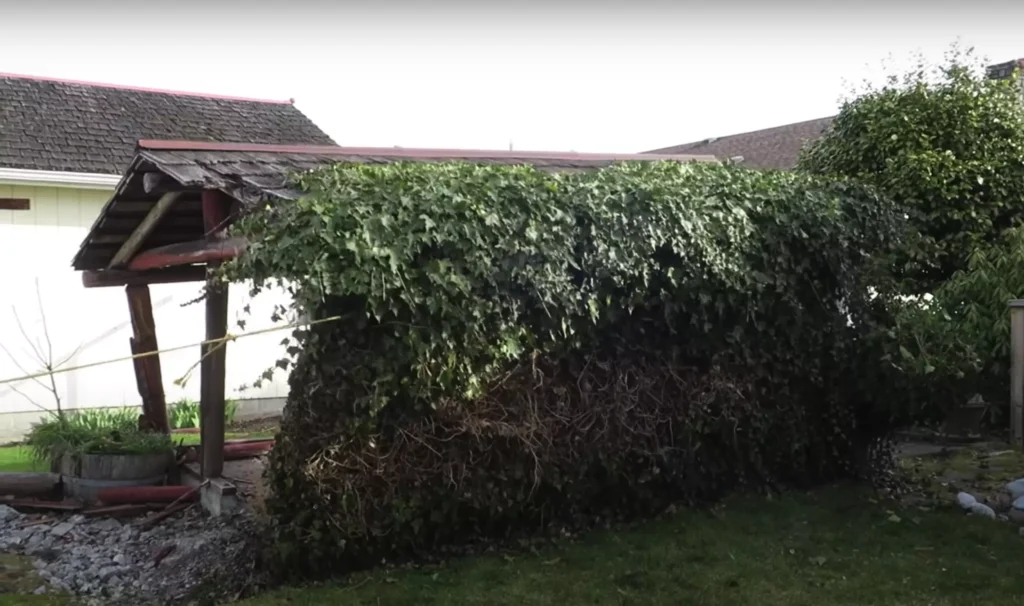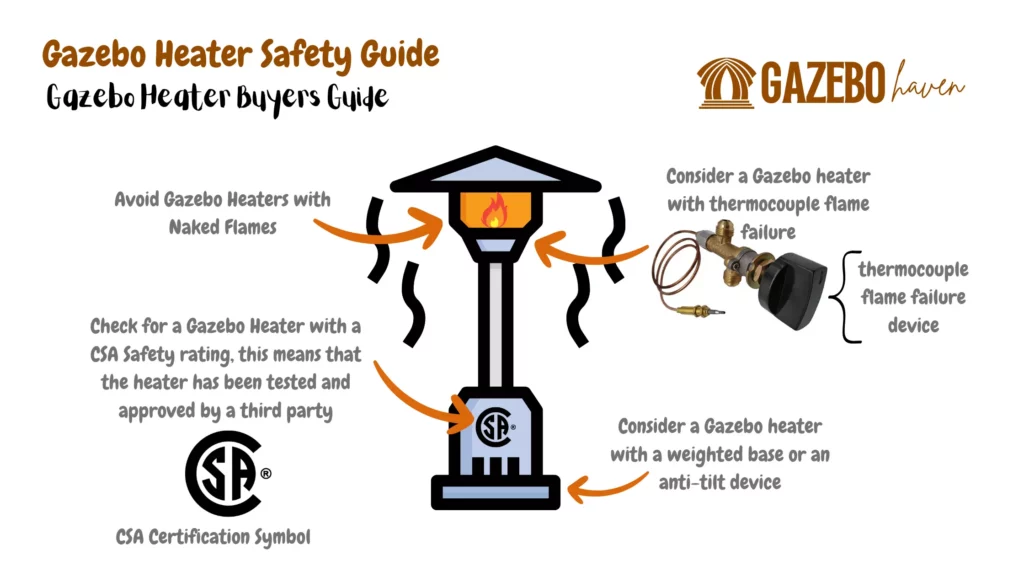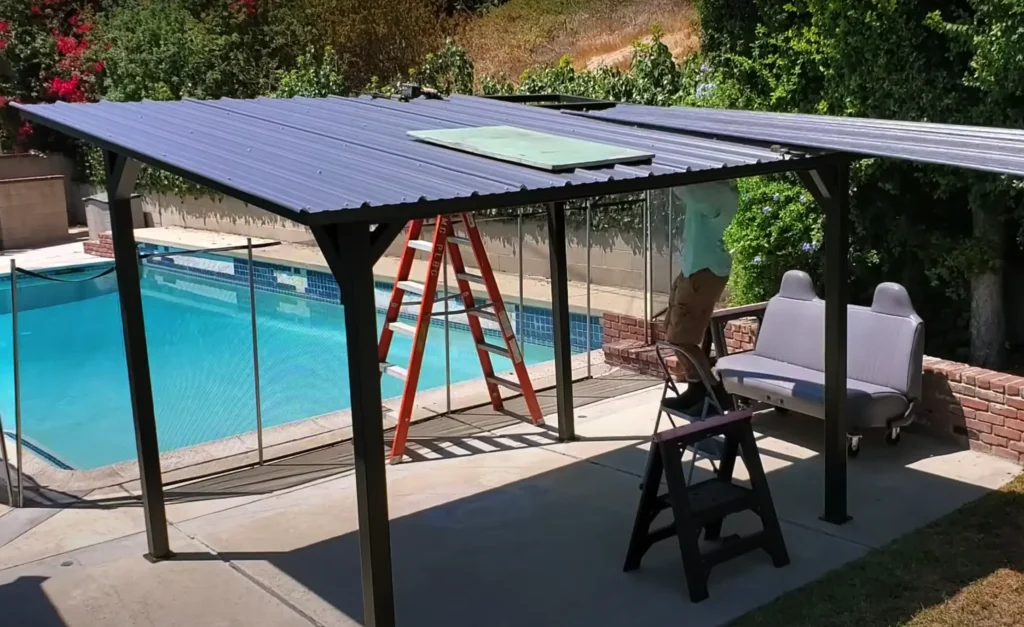One of the popular questions we get asked after installing an all-season hardtop gazebo for our clients is, “Can you put a heater in a Gazebo?” this is especially for clients who want to relax and unwind in the gazebo at night and during the cold months.
Yes, you can put a heater in your gazebo if it doesn’t pose any danger. For gazebos, consider outdoor freestanding heaters, table tops, and wall-mounted heaters powered by natural gas, propane, or electricity in your gazebo.
In this post, we will answer some of the gazebo owners’ questions regarding gazebo heaters, especially those looking to purchase a gazebo heater for their outdoor spaces.
If you want to purchase a Gazebo heater now, check out our review of our Recommended Gazebos Heaters.
What are Gazebo Heaters?
A Gazebo heater is a gazebo heating device that warms up your gazebo; they are sometimes referred to as mushrooms or umbrella heaters because of their unique design and the fact that they heat the gazebo via a radiant heating method.
One of the advantages of gazebo heaters is the fact that they can be able to spread heat in your gazebo; some heaters have heat regulations and safety features, which means that they are more effective than gazebo fire pits for use in a gazebo during a family gathering, event or a party.
How do you heat an outdoor gazebo?
One of the best ways to heat an outdoor gazebo is through a gazebo heater; a gazebo heater uses radiant heating to spread heat through the air in multiple directions.
There are different types of gazebo heaters depending on their fuel sources; we have natural gas gazebo heaters, propane gazebo heaters, and electricity gazebo heaters. Fuel-generated gazebo heaters use open-air combustion to produce heat, while electric gazebo heaters use electricity to emit heat through electromagnetic waves.
We recommend understanding gazebo heaters’ BTUs to effectively heat your outdoor gazebo, which determines how much heat the heater will distribute in your gazebo.
BTU stands for British Therma Unit and Is used to measure the amount of energy required by the gazebo heater to heat one pound of water by one degree Fahrenheit. This means that if your gazebo heater has an average output of 20,000 BTUs, it can heat 10ft of space.
Understanding gazebo heaters BTUs will help you determine the best gazebo heater, depending on the size of your gazebo.
What heaters can you use in a gazebo?
Gazebo heaters come in three forms, free standing gazebo heaters, Tabletop gazebo heaters, and wall and ceiling-mounted gazebo heaters; heat, as you know, is produced by the use of energy; the same principle applies to gazebo heaters, you can use outdoor heaters in your gazebo powered by natural gas, propane, or electricity.
Different forms of Gazebo Heaters.
There are three forms of gazebo heaters; they differ in gazebo heater design, BTU Capacity, and coverage; they include:
Freestanding Gazebo Heater.
Freestanding gazebo heaters typically look like a standing mushroom or an umbrella with four distinct parts that you should consider before purchasing one:
First, you have the base of the gazebo heater that will be able to support your gazebo heater in your gazebo and keep it fixed to the ground; some freestanding gazebo heaters have safety features that automatically switch off the heater when the gazebo base is tilted at a certain angle indicating the gazebo has tripped or fallen. The base is also the fuel source for some gazebo heaters.
The second part is the pole support that keeps the heat source suspended in the air to ensure the heat source can disperse heat around your outdoor gazebo space.
The heat source is the heat source; it is sometimes covered by a reflector that prevents upward displacement of heat and ensures the heat is spread across the gazebo interior space.
Tabletop Gazebo heater.
A tabletop gazebo heater is a heater that doubles up as a table centerpiece; gazebo owners love it because it’s more functional in a smaller space, it features smaller pieces of equipment compared to a free-standing gazebo heater, depending on your preferences, you can choose a gazebo tabletop heater that is powered by propane, or electricity.
Wall-mounted Gazebo Heater.
If you have limited space, you can consider a wall-mounted gazebo; they can be attached to the panels of your gazebo, privacy walls, or the frame of your gazebo, normally this is done through a wall mounting bracket that comes with the wall-mounted gazebo heater, normally wall mounted gazebo heaters come with a heat source that can be tilted to disperse heat in the desired directions.
Ceiling-mounted Gazebo Heater.
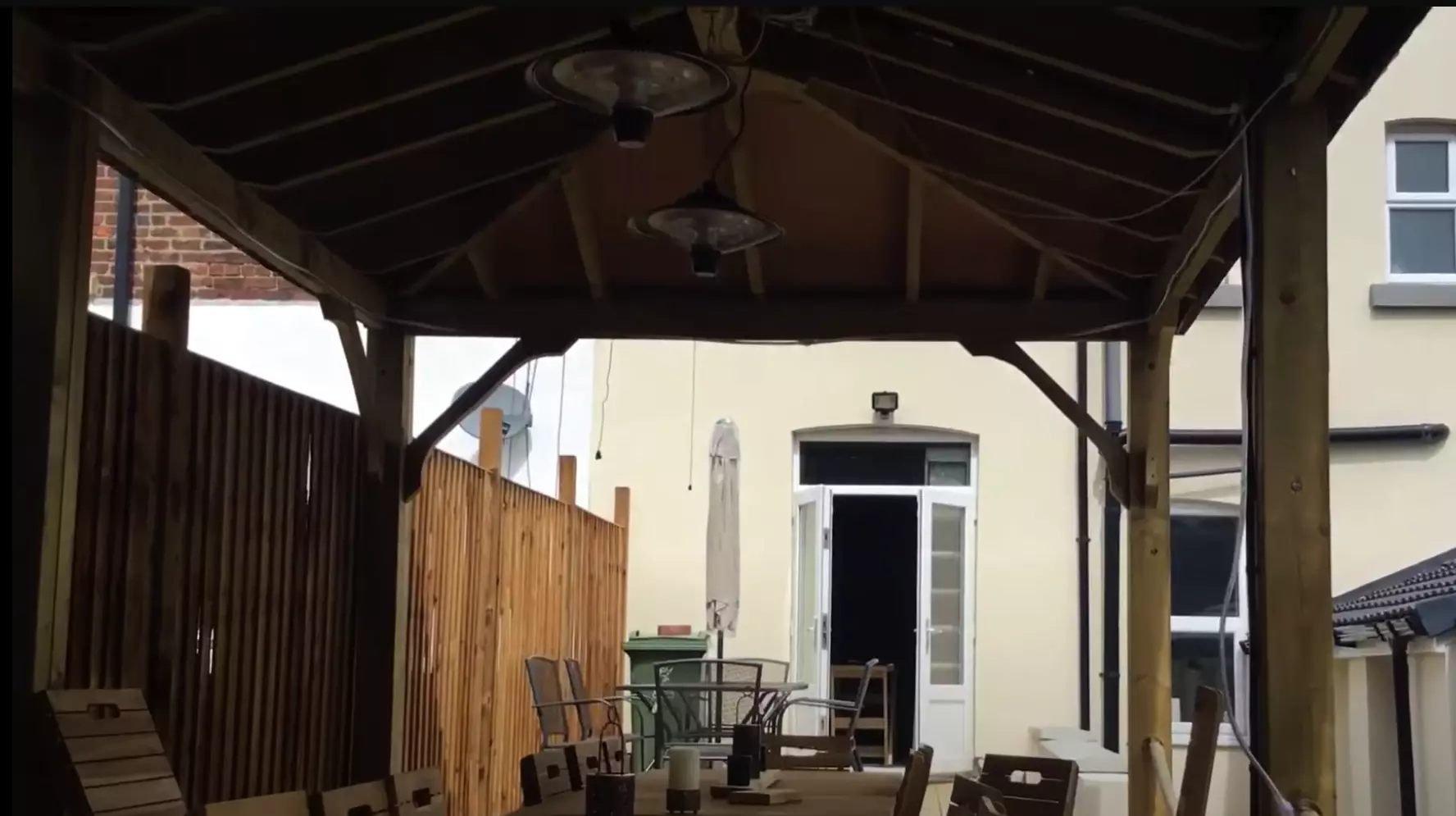
Similar to wall-mounted gazebo heaters, ceiling gazebo heaters are ideal for gazebos because we all have limited spaces in our gazebo. We need to fit our gazebo furniture and other functional gazebo accessories into the interior of our gazebo; for these reasons, most gazebo owners opt for a ceiling-mounted gazebo heater attached to the rafts of the gazebo roof.
How are gazebo heaters powered?
Gazebo heaters are either powered through the use of natural gas, propane, or electricity. You will require a natural gas inlet for your gazebo to supply natural gas to the natural gas gazebo heater, A propane heater, on the other hand, uses propane to supply heat; the gazebo heater that uses propane comes with a propane tank that can be hidden in the base of the gazebo heater, electric gazebo heaters are our favorite, you need to connect electricity to your gazebo to power your electric gazebo heater.
Best Gazebo heater for Winter.
You can use a gazebo heater in winter to heat a gazebo in winter; the amount of heat to generate heat during winter in your gazebo will be determined by the gazebo heater BTU, type, and power source.
We recommend propane gazebo heaters in winter over electric gazebo heaters because propane gazebo heaters generate much more heat from using propane than electric heaters, which have limited energy.
Gazebo heater safety measures.
We recommend following the provided safety precautions that come with your gazebo heater to prevent fire accidents in your gazebo; here are some tips you can follow:
- Keep your gazebo heater stable, check for mounting brackets and surface-level support, and inspect them regularly.
- Place the gazebo heater away from highly flammable objects and objects that can easily be blown by wind toward the heater, such as gazebo curtains and nettings, and use gazebo weights to prevent gazebo accessories from being blown toward the heater.
- Handle the operation of the gazebo heater with care, especially when it comes to fuel operations and heat adjustments.
- Place the gazebo heater in the desired location before turning it on; avoid moving it from one location to another before turning it on.
- Keep children and pets away from the gazebo heater by placing it away from reach and traffic.
Is a gazebo heater worth it?
Yes, purchasing a gazebo heater is worth it; it’s a functional all-year-round gazebo accessory that is a great addition to your gazebo to provide warmth and encourage you and your family to spend more time outdoors, especially if you own an all-season gazebo since a gazebo heater is functional all year round, we also recommend owning a gazebo heater just in case you would like to relax outdoors in your gazebo during a chilly night or during a winter day.
